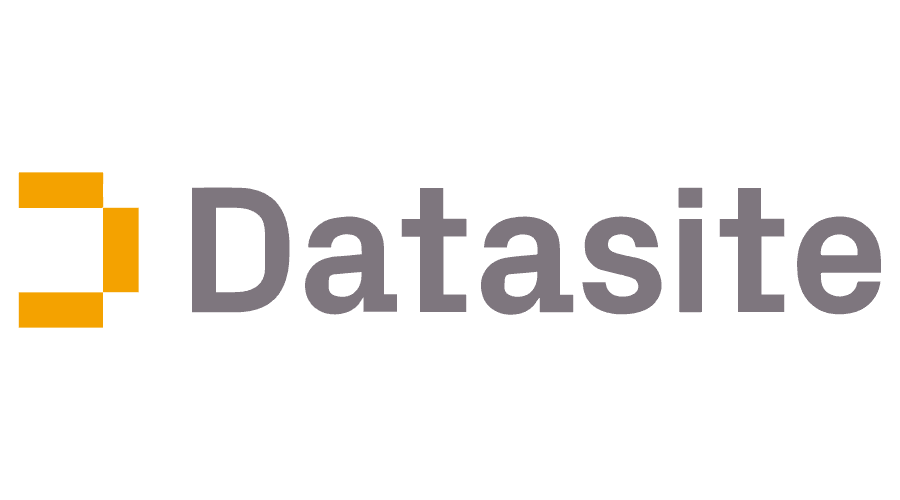Cyber-attack headlines usually feature spectacular multimillion-dollar breaches, yet most incidents start with something far more ordinary: believing the wrong “common-sense” advice. If you work in finance, run a startup, or manage IT for a midsize manufacturer, you have likely heard that your company is too small for attackers to notice, that strong encryption alone will save you, or that shifting everything to the cloud solves security once and for all. You also need fast, compliant document-sharing—especially during audits, funding rounds, or M&A—and may already rely on a virtual data room. Over the next few minutes you’ll see why those reassuring myths can cost real money, how attackers exploit them, and which evidence-backed controls (including the right data room architecture) truly reduce risk. Expect hard numbers, real-world stories, and a step-by-step action plan you can start today.
Why Data Security Myths Persist—and How a virtual data room Cuts Through the Noise
Fear sells, but ambiguity lets myths thrive. Attackers automate massive scans, regulators revise rules faster than budgets, and hybrid workforces juggle dozens of SaaS tools. A virtual data room counters that chaos by enforcing granular permissions, immutable audit trails, and encryption—yet only if leadership separates fact from fiction.
Myth 1: “My business is too small to be a target.”
More than 68 % of breaches involve the human element—mis-sent emails, weak passwords, or successful phishing—none of which require a Fortune 500 budget to exploit. The Verizon 2024 DBIR reports that 32 % of breaches now include extortion tactics.
Reality check: Attackers automate at scale
-
Commodity botnets sweep the internet for unpatched VPNs.
-
Malspam campaigns cost ≈ $0.10 per thousand emails but can net six-figure payouts.
-
Generative-AI tools now craft credible phishing copy in seconds.
Even a five-person startup hosts customer data that fetches $30-$120 per record on dark-web forums. A hardened data room with role-based access limits exposure even if credentials leak.
H4: A $40 K Lesson in “Too Small to Hack”
Last year, a 12-employee architectural firm in Madrid lost €37 K after a phony invoice slipped through shared email threads. Post-incident analysis showed that storing final invoices in the company’s virtual data room—with watermarking and view-only rights—would have eliminated the attacker’s entry point.
Myth 2: “The cloud is inherently unsafe, so on-prem is better.”
The global average cost of a breach hit USD 4.88 million in 2024—a 10 % jump—yet organizations using security AI and automation saved USD 2.22 million on average. The IBM Cost of a Data Breach Report 2024 also notes that 40 % of incidents involve data sprawled across hybrid environments. On-prem servers aren’t magically safer; they simply hide misconfigurations from outside auditors. Modern data rooms isolate sensitive documents in a single, well-monitored enclave while integrating with your identity provider—delivering the “shared-responsibility” model regulators expect.
Common red flags that signal you’re believing this myth:
• Shadow-IT file-sharing apps
• “Temporary” FTP servers never decommissioned
• Admin consoles without MFA
• Firewall rules with “ANY → ANY” allowances
Myth 3: “Insiders aren’t the problem—hackers are.”
The 2025 Ponemon Cost of Insider Risks study pegs average annual insider-related losses at $17.4 million—up 7 % in two years. Credential theft alone averages $679,621 per incident. When users copy bid documents out of the virtual data room “to work offline,” they bypass retention rules and create blind spots no SIEM can see. Real-time monitoring, dynamic watermarking, and automatic link-expiry inside the data room give security teams the visibility they need without stalling workflows.
Myth 4: “Compliance equals security.”
Achieving ISO 27001 or SOC 2 is essential, but threat actors don’t wait for your next audit. Regulations diverge: GDPR fines hinge on personal data, CCPA focuses on residents’ rights, and the EU AI Act introduces new obligations for model transparency.
-
Map every regulation to concrete control owners.
-
Use the checklist to track evidence.
-
Store artifacts in a data room with immutable logs so auditors can test controls instantly.
-
Run quarterly tabletop exercises targeting your highest-risk myth.
-
Update vendor-risk scores whenever you add SaaS connectors.
Failing to document control gaps compounds post-incident costs—IBM attributes 75 % of rising breach expenses to delayed containment and lost business.
Myth 5: “Encryption alone is enough.”
Encryption protects data in transit and at rest, yet breaches often exploit keys, not ciphers. If master keys live in shared mailboxes, ransomware crews simply unlock your vault. A virtual data room that enforces client-side encryption plus just-in-time key access prevents mass decryption—even if the storage layer is compromised.
Myth 6: “Cybersecurity is an IT problem.”
Boards increasingly hold executives personally liable for preventable breaches. The EU’s NIS2 Directive and the U.S. SEC’s 4-day incident disclosure rule both elevate cyber risk to a governance issue. According to the ENISA Threat Landscape 2024, 81 % of ransomware cases exploited gaps in executive oversight, not technical controls.
Building a Fact-Based Security Roadmap
Replacing myths with measurable controls requires process more than products. Follow this five-phase cycle:
Phase 1 – Reality Audit
-
Inventory every myth you hear internally.
-
Map each myth to specific data assets in scope.
-
Score impact × likelihood to prioritize.
Phase 2 – Centralize Sensitive Content
Move contract drafts, HR records, board minutes, and intellectual property into a single virtual data room. Consolidation simplifies classification and hardens access paths.
Phase 3 – Enforce Least Privilege
Use role templates and short-lived access links. MFA is table stakes; add biometric checks for deal rooms hosting state-secret data.
Phase 4 – Instrument the Human Layer
Pair quarterly phishing simulations with behavioral analytics that flag bulk downloads, midnight logins, or printing spurts.
Phase 5 – Measure & Iterate
Track mean-time-to-detect (MTTD), mean-time-to-respond (MTTR), and permission-sprawl metrics monthly. Tie bonuses to reduced MTTD to align incentives.
Quick-Reference Checklist for Myth Busting
-
68 % of breaches involve user error—train continuously.
-
32 % include extortion—keep offline backups.
-
Hybrid data sprawl raises costs $1.2 M—centralize in a data room.
-
Insider incidents cost $17.4 M annually—monitor privileged users.
-
Compliance gaps inflate penalties—log everything in an immutable vault.
7-Step Immediate Action Plan
-
Assess: Run a two-hour workshop to surface myths.
-
Classify: Label documents by sensitivity; migrate Tier 1 data to the virtual data room.
-
Harden: Activate MFA, SSO, and client-side encryption.
-
Monitor: Enable real-time alerts for bulk downloads or failed logins.
-
Educate: Launch a 30-day micro-learning series on phishing trends.
-
Test: Conduct a red-team exercise targeting your top myth.
-
Report: Present MTTD improvements at the next board meeting.
Conclusion: Turning Insight into Competitive Advantage
Myths survive because they feel comfortable, but comfort is expensive. By confronting them—armed with data, anchored controls, and a virtual data room built for 2025 threats—you convert security from sunk cost into market differentiator. Start by debunking the myth that action can wait; attackers won’t. The sooner leadership embraces evidence-driven safeguards, the sooner customers, investors, and regulators will trust your stewardship of their most valuable asset: information.






